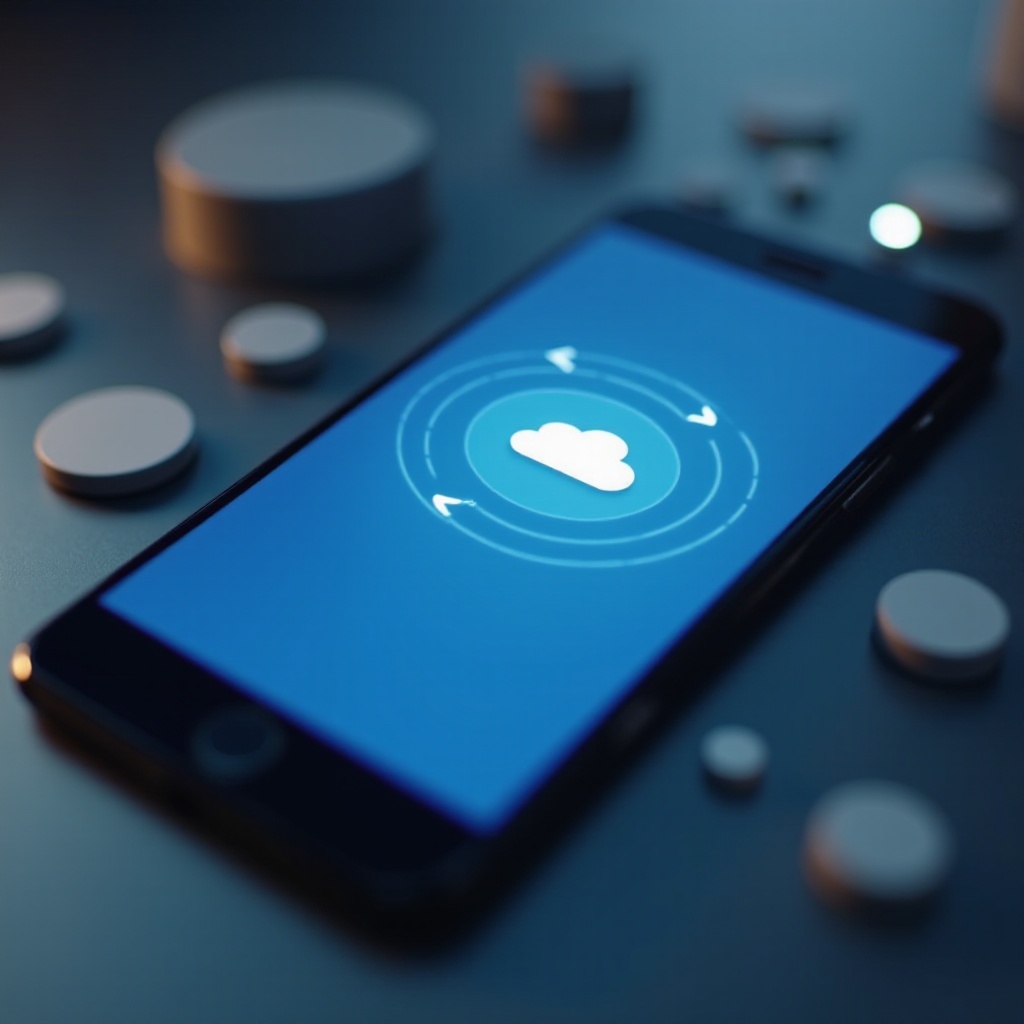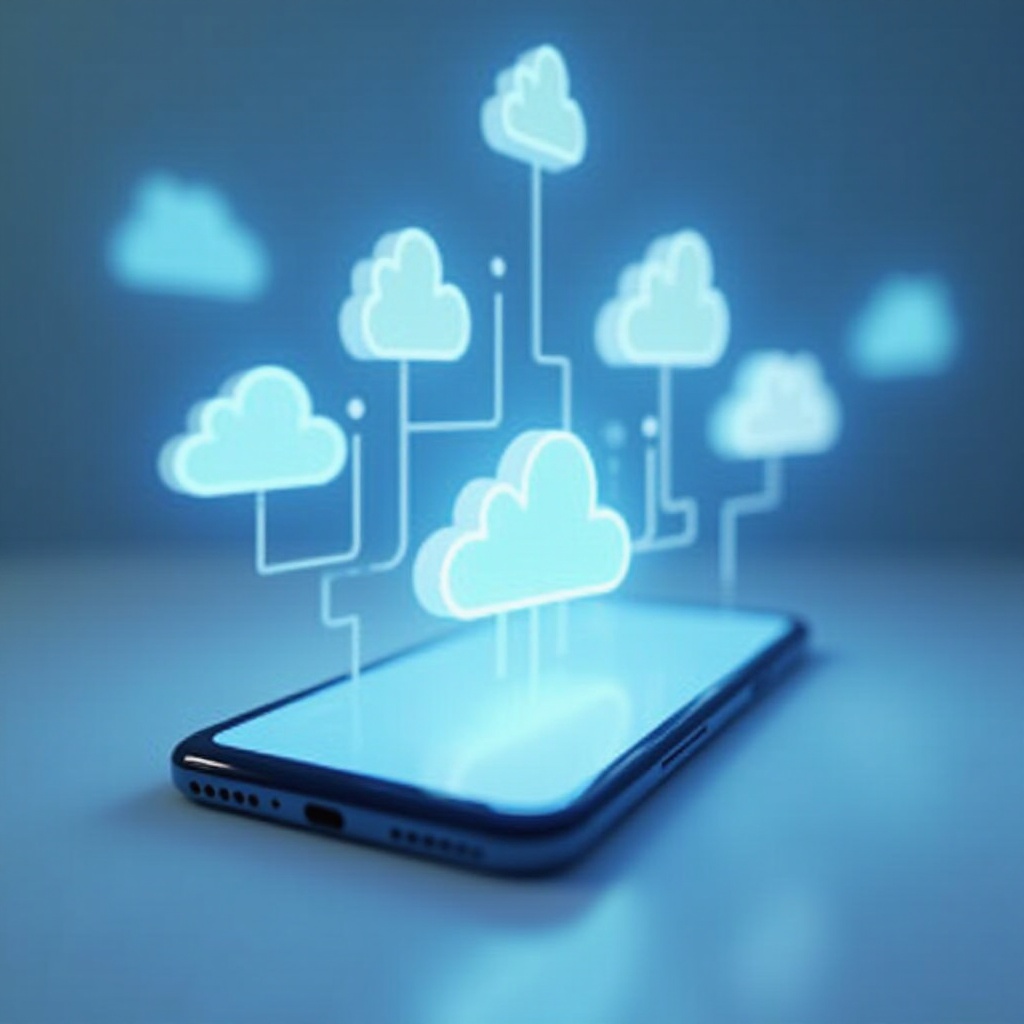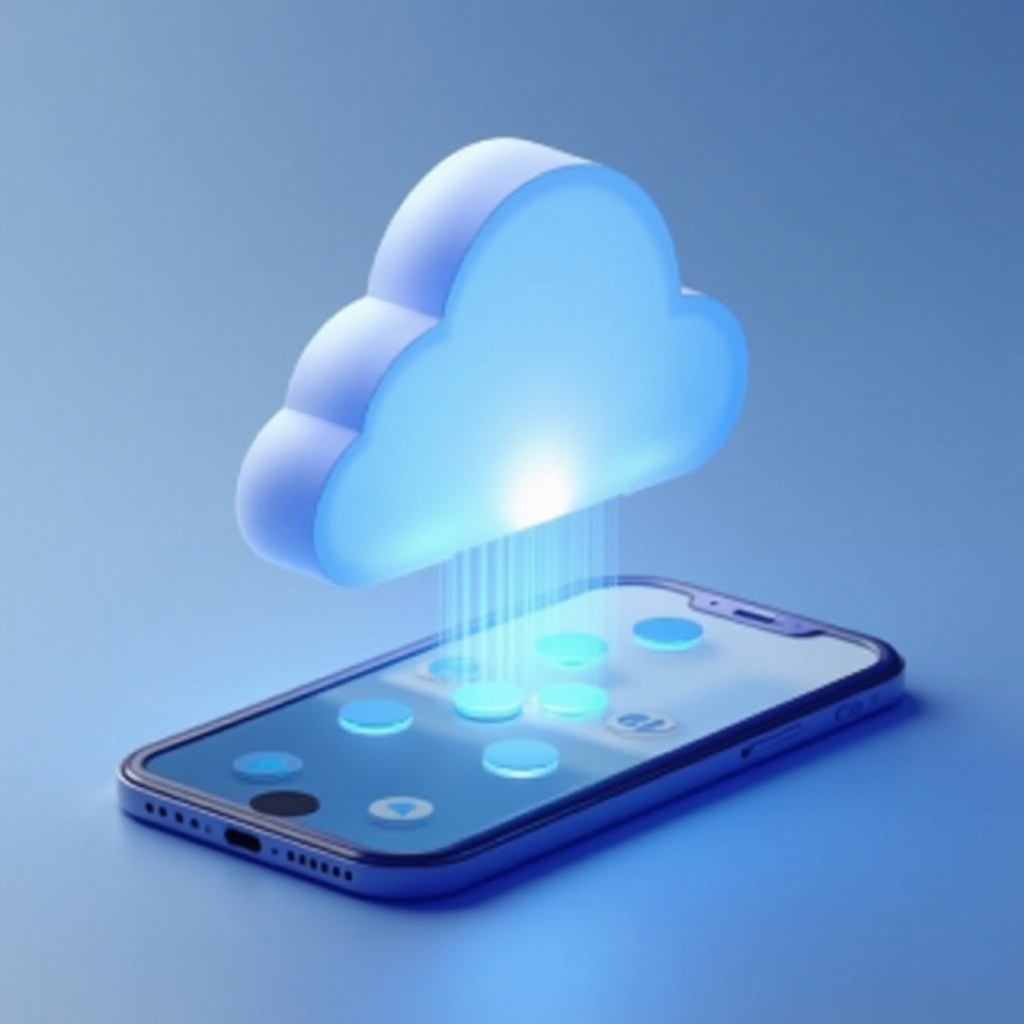Introduction
Efficient iCloud syncing is a key feature for every iPhone user, enabling seamless integration across multiple Apple devices. Whether it’s keeping your contacts consistently updated or ensuring you have access to your important documents wherever you go, the ability to sync efficiently is indispensable. This comprehensive guide will provide you with essential insights on how to ensure smooth iCloud synchronization with your iPhone. You’ll learn how to troubleshoot common syncing issues and tips to optimize your device’s performance to enhance your overall iCloud experience.

Understanding iCloud Sync Basics
Before diving into troubleshooting, it is crucial to understand the workings of iCloud sync. Apple’s cloud storage and computing service, iCloud, allows you to store and access your data—photos, files, contacts, and reminders—across all your Apple devices. For efficient iCloud syncing with your iPhone, a stable internet connection is required. Once connected, changes made on one device reflect automatically across all your devices logged into the same iCloud account, ensuring your data remains updated and accessible for a smooth user experience.
Transitioning from the basics, let’s ensure your iCloud is set up correctly on your iPhone to facilitate powerful syncing capabilities.

Setting Up iCloud Sync on Your iPhone
To get your iCloud to sync correctly, precise setup is crucial. Following these steps can help ensure everything is in place:
Verifying iCloud Account Details
- Log in to iCloud: Access ‘Settings’ on your iPhone, tap your name, and then ‘iCloud’. Confirm you’re signed in with the correct Apple ID.
- Check Account Information: Double-check that your account details, like email and password, are accurate.
Configuring Sync Preferences
- Manage Apps Using iCloud: In the iCloud settings, you’ll find a list of apps that utilize iCloud. Toggle the switch next to each app for those you’d like to sync.
- Set Up Automatic Sync: Ensure syncing is enabled for vital data such as Contacts, Calendars, Photos, and Notes.
With these configurations, you can systematically address issues as they arise, ensuring your iPhone syncs seamlessly with iCloud.
Building on your setup, let’s address some common syncing issues you might encounter and how to troubleshoot them.
Troubleshooting iCloud Sync Issues
Encountering hurdles while syncing is not uncommon. By identifying and resolving these, you can save time and manage data effectively.
Checking Internet Connection and iCloud Status
- Internet Connection: Confirm your iPhone is connected to a stable Wi-Fi network. Verify your internet speed is sufficient for iCloud tasks.
- iCloud System Status: Check Apple’s System Status page to see if iCloud services are functioning correctly.
Updating iOS and iCloud Settings
- iOS Update: Make sure your iPhone is upgraded to the latest iOS version via ‘Software Update’ in the ‘Settings’ app.
- iCloud Settings Update: Occasionally, iCloud settings need updates. Look for notifications prompting updates in the iCloud settings.
Resetting Network Preferences
Should issues persist, resetting network preferences might be beneficial.
- Navigate to Settings: Access ‘Settings’, then go to ‘General’.
- Reset Network Settings: Tap ‘Reset’, followed by ‘Reset Network Settings’. Input your passcode as required. Be aware this will erase Wi-Fi passwords.
Having addressed connectivity and software issues, let’s focus on optimizing iCloud performance for a streamlined syncing process.
Optimizing iCloud Performance
Enhancing iCloud performance can significantly improve sync speed and efficiency.
Managing iCloud Storage Effectively
- Check Storage Usage: Go to ‘Settings’, tap your name, and then ‘iCloud’ to assess your storage use.
- Optimize Storage: Remove unused apps or large files from iCloud to free up space, concentrating on videos, backup files, and outdated documents.
Tips for Faster Syncing
- Close Unnecessary Apps: Running many background apps can decelerate your phone and the syncing process.
- Disable Background App Refresh: Head to ‘Settings’, then ‘General’, and ‘Background App Refresh’. Disable unnecessary apps to save resources.
With managed storage and optimized syncing, let’s explore more advanced iCloud features for a seamless experience on all devices.

Advanced iCloud Features for Seamless Sync
Beyond basic sync settings, iCloud provides advanced features that enhance data accessibility and sharing.
Using Family Sharing
Family Sharing in iCloud allows you to share purchases, subscriptions, and storage plans, enhancing sync across multiple iCloud accounts.
- Set up Family Sharing: Navigate to ‘Settings’, tap your name, then ‘Set Up Family Sharing’.
- Invite Family Members: Follow the instructions to invite family members and configure sharing settings.
Syncing Across Multiple Devices
iCloud excels in maintaining data uniformity across various Apple devices. Check that each device is logged into the same iCloud account and has active sync settings.
- Login Consistency: Ensure the identical Apple ID is logged across all devices.
- Cross-device Compatibility: Confirm all devices are updated to the latest OS version for compatibility.
Through these advanced features, iCloud becomes a robust tool for a family and multi-device environment, augmenting the efficiency and connectivity of your digital life.
Conclusion
Ensuring efficient iCloud syncing with your iPhone necessitates correct setup, troubleshooting, optimization, and the usage of advanced features. By verifying your settings, keeping systems updated, and optimizing storage and sync settings, you can unlock seamless data management efficiency. Delve into iCloud’s capabilities to maintain a streamlined digital experience across your Apple ecosystem.
Frequently Asked Questions
Why is my iCloud not syncing on my iPhone?
Ensure that your iPhone is connected to the internet, verify that you are signed into the correct Apple ID, and check Apple’s System Status page for any ongoing iCloud service issues.
How can I free up iCloud storage space?
Review your iCloud storage in ‘Settings’, delete unwanted files or apps, turn off unnecessary backups, or upgrade your storage plan through your iPhone’s settings.
Can I sync iCloud data manually?
iCloud generally syncs data automatically, but you can force a sync by signing out and back into iCloud or toggling the sync settings of specific apps to refresh the sync process.
